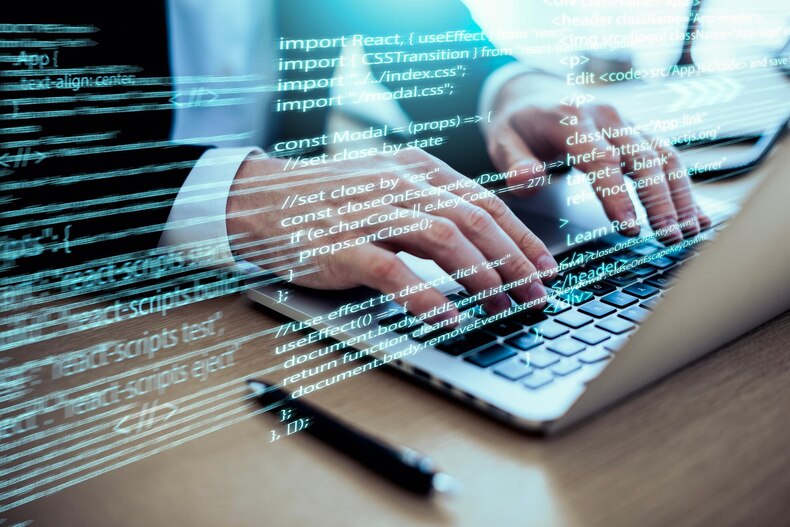Imagine walking into your workplace and feeling a rush of excitement akin to game day. Employees are not just clocking in; they’re actively participating in an engaging experience that boosts productivity, morale, and teamwork. This shift isn’t merely a fantasy—it’s the power of gamification in human resources.
Gamification blends game design elements with everyday work tasks to create an environment where employees thrive. It taps into our innate desire for competition, achievement, and recognition. As we dive deeper into this innovative approach, you’ll discover how gamification can transform HR strategies and enhance employee engagement like never before. Let’s explore the fascinating intersection of gaming principles and workplace dynamics!
Benefits of Gamification in the Workplace
Gamification transforms the workplace into an engaging environment. By incorporating game-like elements, it captures employees’ attention and enhances their motivation.
One primary benefit is increased productivity. Employees often feel driven to complete tasks when they know rewards await them. This can lead to better performance across various metrics.
Moreover, gamification fosters a sense of community. Team challenges and leaderboards encourage collaboration among colleagues. As individuals strive for recognition, they also build stronger relationships within their teams.
Another significant advantage is skill development. Interactive training modules that utilize gamified content help employees learn effectively while enjoying the process. Knowledge retention improves when learning feels like play rather than a chore.
Employee satisfaction tends to rise in gamified environments. When people find joy in their work, morale boosts significantly, leading to lower turnover rates and higher loyalty towards the organization.
Types of Gamification in HR
Gamification in HR comes in various forms, each designed to enhance employee engagement and motivation. One common type is point systems, where employees earn points for completing tasks or achieving goals. This encourages friendly competition and rewards performance.
Another popular method is badges and achievements. Employees can showcase their accomplishments through visual recognition. These digital trophies can create a sense of pride and accomplishment.
Leaderboards are also effective tools, displaying top performers within teams or departments. They foster a competitive spirit while motivating others to improve their standing.
Training programs often incorporate gamified elements like quizzes or simulations. These interactive experiences make learning enjoyable while ensuring knowledge retention.
Social features enable collaboration among employees, allowing them to share progress and support one another’s endeavors. This connection builds camaraderie within the workplace environment, enhancing both individual growth and team dynamics.
Case Studies: Companies Using Gamification Successfully
Several companies have embraced gamification with impressive results. Take Deloitte, for instance. They transformed their learning process into an engaging experience by using a mobile app that incorporates game mechanics. Employees earn badges and compete on leaderboards, which has significantly increased participation in training programs.
Another noteworthy example is McDonald’s. Their internal training program uses gamified elements to teach employees about service excellence. The interactive platform allows staff members to navigate through various scenarios while earning rewards based on performance.
Salesforce also stands out with its “Trailhead” platform where users learn about products and services through fun challenges and quizzes. This approach not only enhances product knowledge but fosters a sense of community among employees.
These case studies illustrate how gamification can drive engagement, enhance learning experiences, and even improve performance metrics across different industries.
Implementing Gamification in Your Organization
Implementing gamification in your organization starts with understanding your employees’ needs and preferences. Conduct surveys or focus groups to gather insights on what would engage them most.
Next, choose the right tools and platforms that fit your company culture. Consider mobile apps or online software that facilitate game mechanics like points, badges, and leaderboards.
Set clear objectives for your gamification strategy. Whether it’s improving training completion rates or boosting team collaboration, having specific goals will guide your approach.
Encourage participation by making it fun but also rewarding. Offer incentives such as recognition programs or tangible prizes to motivate employees.
Monitor progress regularly and be open to feedback. Adapt the gaming elements based on what resonates with staff while ensuring a balance between fun and productivity. This flexibility is key to long-term engagement success.
Conclusion
Gamification in HR is more than just a trend; it represents a significant shift towards engaging employees in meaningful ways. By incorporating game-like elements into everyday processes, organizations can foster a culture of enthusiasm and motivation. The benefits are clear—higher engagement levels, improved productivity, and enhanced employee satisfaction create a win-win scenario for everyone involved.
As the examples from leading companies demonstrate, successful gamification strategies can lead to tangible outcomes. These case studies provide valuable insights that other organizations can learn from as they explore their own implementation paths.
Implementing gamification may seem daunting at first, but with careful planning and creativity, it becomes an achievable goal. From simple leaderboard systems to complex interactive platforms, there’s no one-size-fits-all approach. Tailoring your strategy to fit your company culture will help ensure success.
Embracing gamification could be the catalyst needed to transform workplace dynamics and elevate employee experiences across the board. As digital engagement continues to evolve, so too should our methods of connecting with employees on every level. Exploring these innovative approaches might just unlock new potential within your organization.



No Comments
Leave a comment Cancel